
Comparing Casting Techniques for Copper Alloys
Copper alloys play a crucial role in various industries due to their exceptional properties. They find applications in electrical systems, building construction, and automotive sectors. The electrical and electronics sector, for instance, benefits from copper alloys' excellent conductivity, making them essential for connectors and wiring. In the automotive industry, especially with the rise of electric vehicles, copper alloys are integral to high-performance electrical systems. Selecting the right casting technique, such as Flange bearing housing-silica sol precision cast copper Alloy Casting, ensures optimal performance and cost-effectiveness, highlighting the importance of this decision in manufacturing processes.
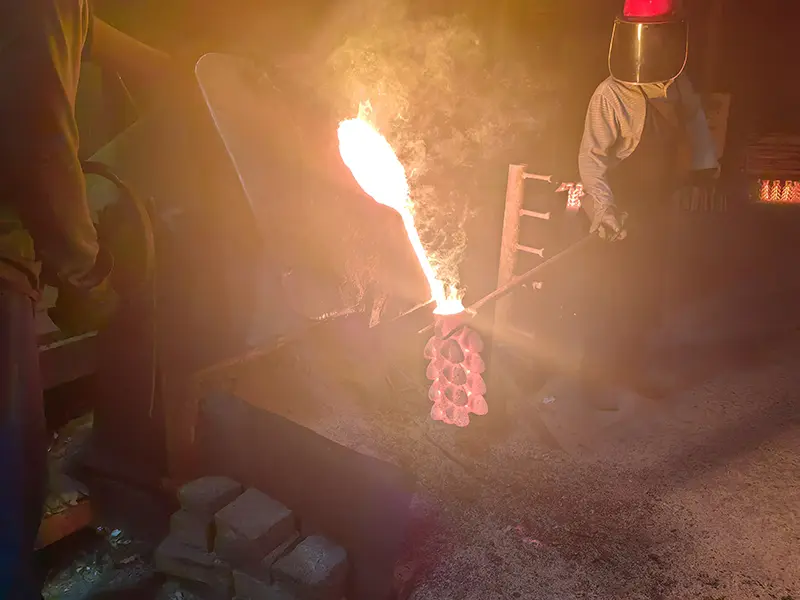
Control of Fracture Defects in Shell Castings
Brittle fracture is one of the common defects in Investment Castings. Especially when using induction furnaces (medium frequency induction furnace, low frequency induction furnace) with acidic furnace linings for melting and using aluminum for deoxidation, the cast steel parts are more prone to brittle fracture during pouring.

Dimensional stability and accuracy of investment castings
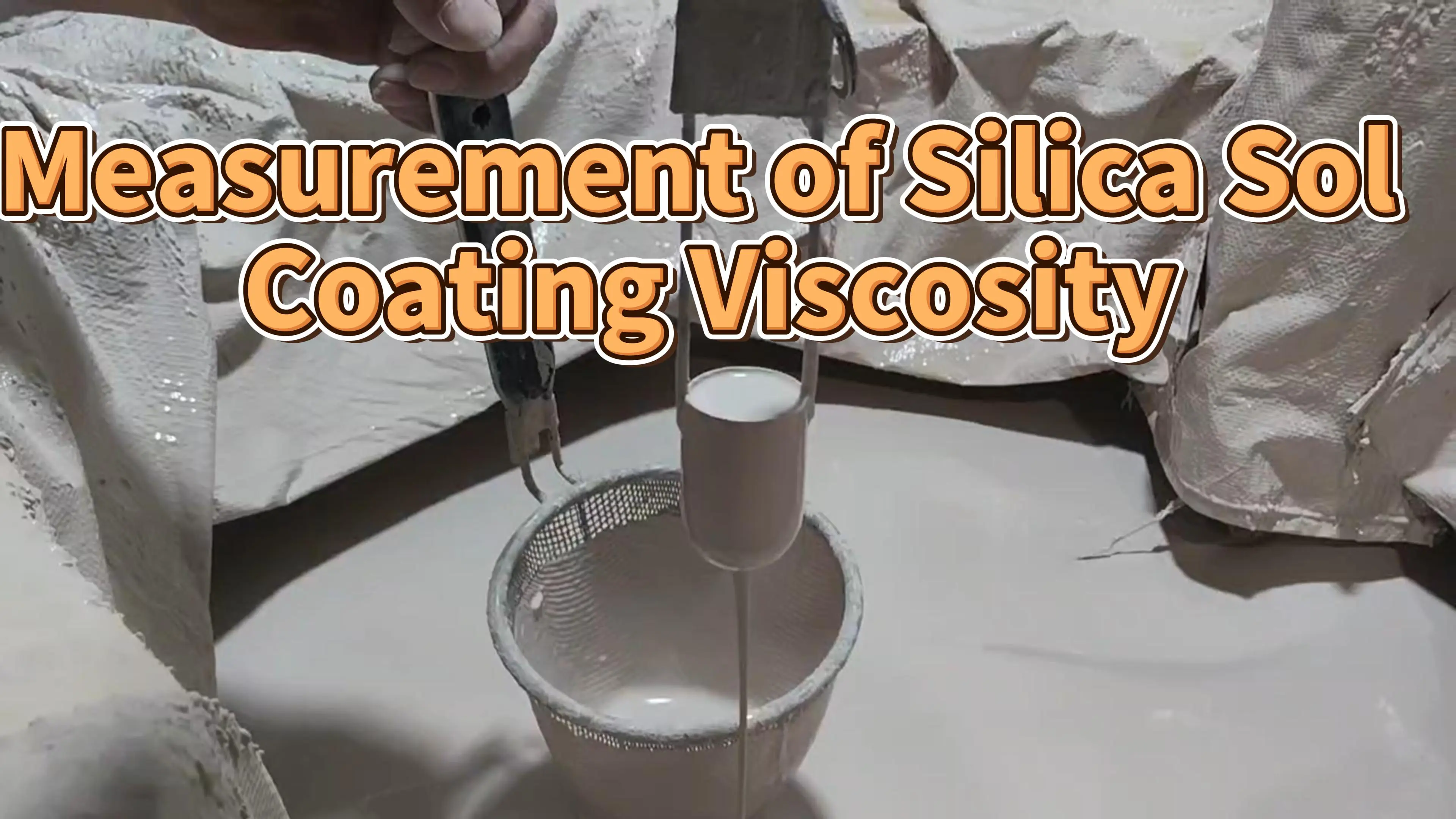
Test method for performance of investment casting sol-silicon coatings
The concept of viscosity
It is the amount of time in seconds that the paint passes through the standard flow cup, also known as the viscosity of the paint in the flow cup.
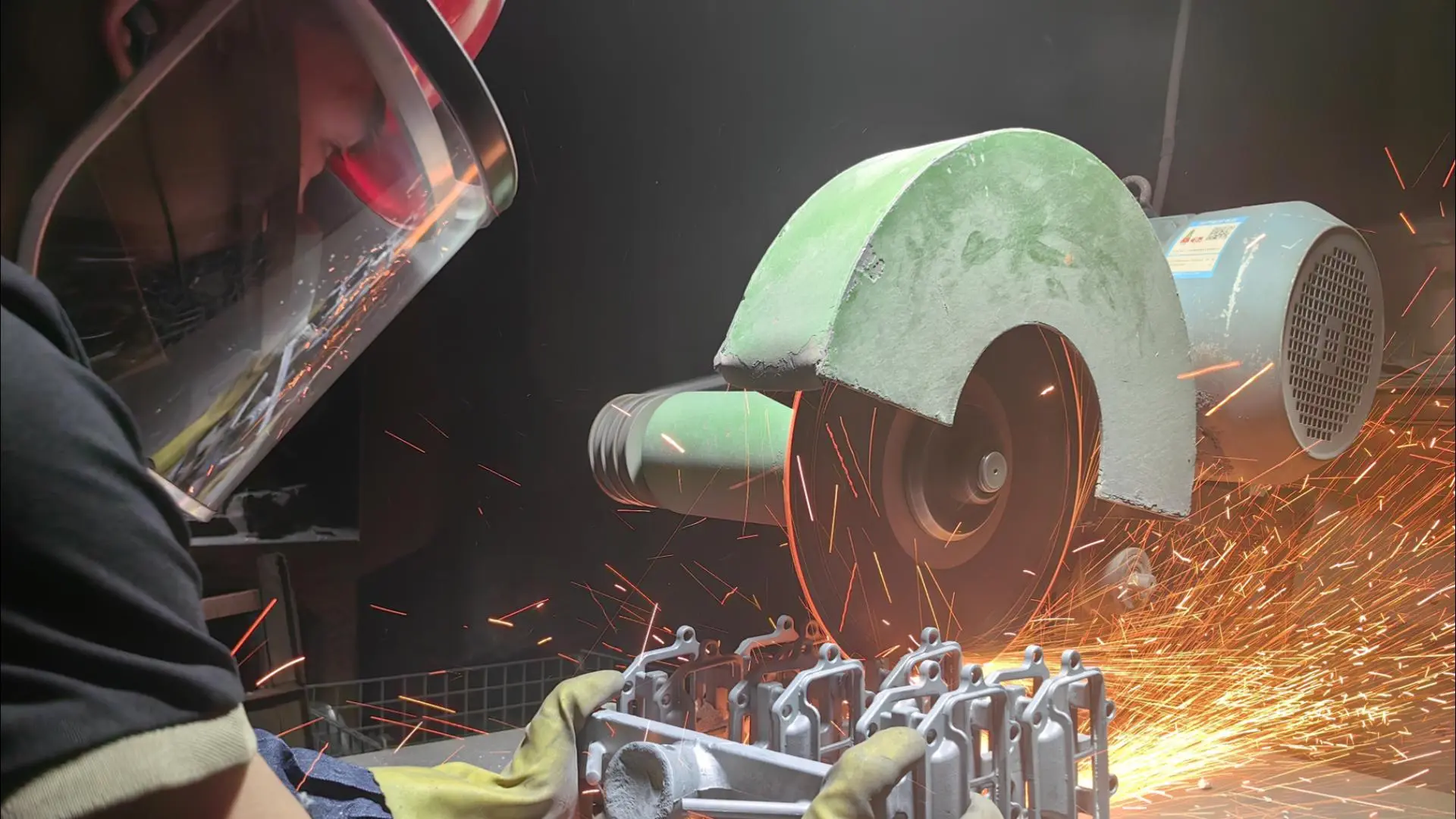
Cutting and Rough Grinding Processes
Precision casting is a high-precision, high-quality casting process for the production of parts with high requirements for dimensional accuracy and surface quality;
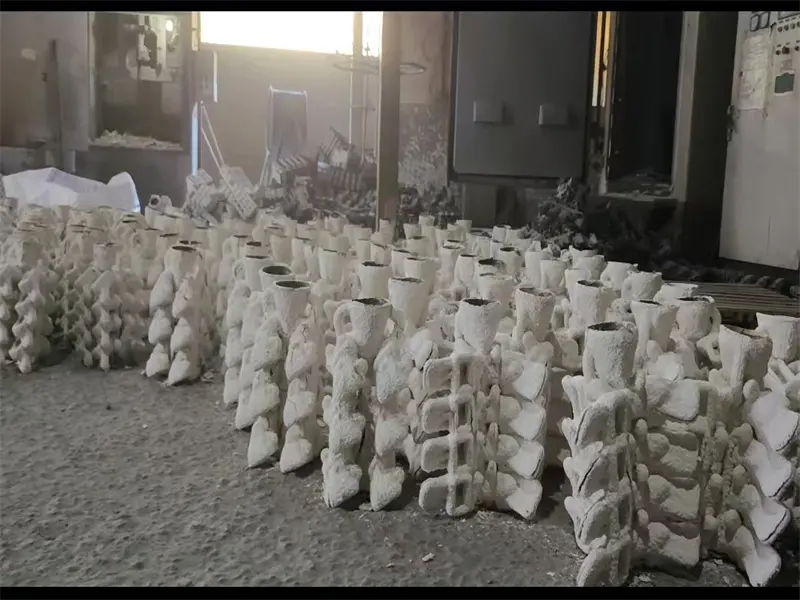
A Day in the Life of a Vibrating Shell Crane Thrower
After melting and casting, the product together with the die head is wrapped by the shell mold, which needs to be removed through the process of shell vibration and lifting and casting. As a large amount of dust will be generated during the working process, proper protection is essential to ensure the health of the employees.
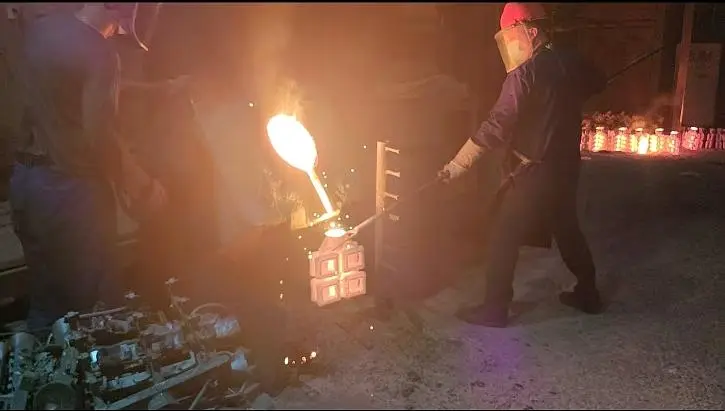
Roasting and melting process
During the precision casting process,Roasting and melting are connected processes, completed by the same group of personnel, the roasting process, the temperature of the shell mold, dryness and other factors directly affect the quality of the final casting, melting and pouring process, the temperature of the molten steel, slag removal, deoxidation and other factors also play a decisive role in the quality of the casting and the qualification rate,The two processes are also the root cause of many quality problems in the investment casting process, so how to control these two processes will directly determine the quality of the product.

Final Inspection Process
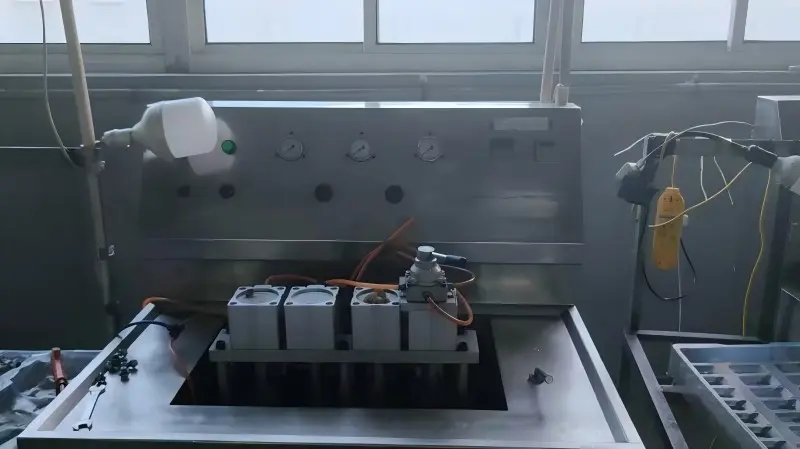
Sealing test process
For the EGR cooler in the automobile exhaust gas treatment system and the sea and fresh water heat exchanger for ships, the precision castings are usually hermetically sealed parts; therefore, in the manufacturing process, the sealing inspection process is essential to ensure that the sealing performance of the precision castings meets the design requirements, and through the sealing inspection, the casting defects such as porosity and cracks in the precision castings can be identified, so as to make the defective products intercepted in the manufacturer's internal, to ensure that the client's components will not leak or fail in the process of use.
















